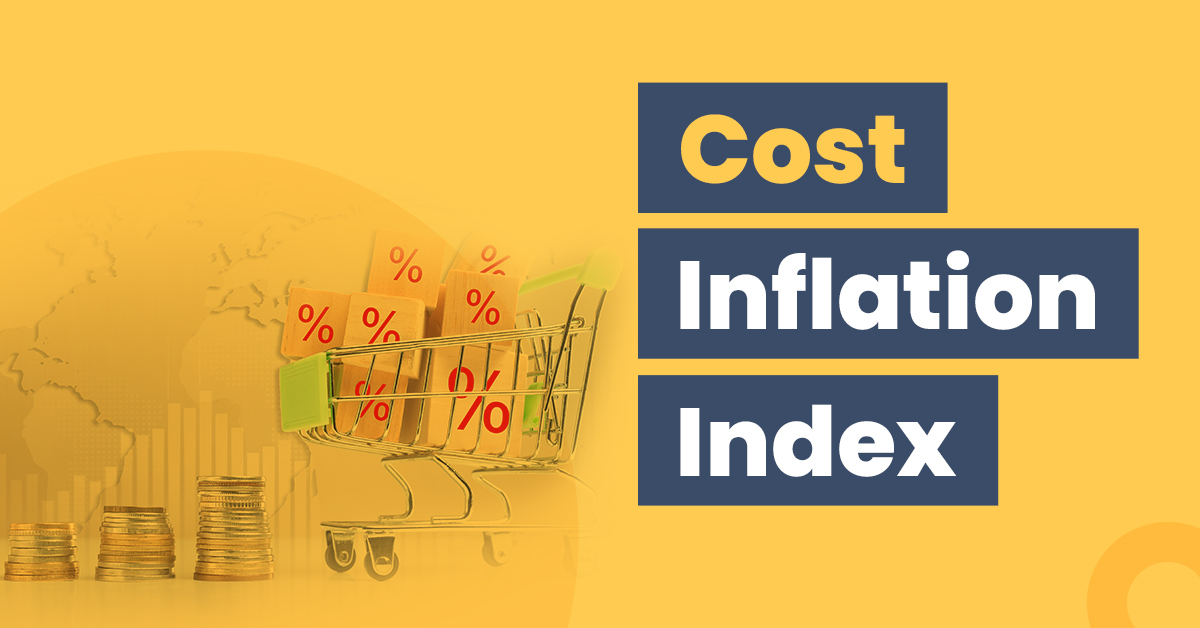What is Cost Inflation Index and How Does it Impact Your Taxes?
Introduction:
Cost Inflation Index (CII) is a tool used by the Indian government to adjust the purchase price of assets for inflation. It is used to calculate the capital gains tax liability on the sale of assets such as property, gold, and mutual funds. In this article, we will explain what cost inflation index is, how it is calculated, and how it can impact your taxes.
What is Cost Inflation Index?
Cost Inflation Index (CII) is a measure of inflation that is used to adjust the purchase price of assets for the purpose of calculating capital gains tax liability. It is a tool used by the Indian government to account for the effect of inflation on the value of assets over time. CII is published by the Central Board of Direct Taxes (CBDT) every financial year.
How is Cost Inflation Index Calculated? Cost Inflation Index is calculated based on the inflation rate in India. The CBDT publishes the inflation rate every financial year. The base year for CII is 2001-2002, which has been fixed by the government. The formula for calculating CII is as follows:
CII for a financial year = (Inflation rate for the financial year / Inflation rate for the base year) x 100
For example, if the inflation rate for the financial year 2022-23 is 5%, and the inflation rate for the base year 2001-2002 is 3%, then the CII for 2022-23 will be calculated as follows:
CII for 2022-23 = (5 / 3) x 100 = 166.67
How Does Cost Inflation Index Impact Your Taxes?
Cost Inflation Index has a direct impact on your capital gains tax liability. When you sell an asset such as property, gold, or mutual funds, you are liable to pay capital gains tax on the profit earned from the sale of the asset. The profit is calculated as the difference between the sale price and the purchase price of the asset.
However, the purchase price of the asset is adjusted for inflation using the CII. This means that if you bought an asset in the year 2005-06 for Rs. 10 lakhs and sold it in 2022-23 for Rs. 50 lakhs, the purchase price of the asset will not be considered as Rs. 10 lakhs, but will be adjusted for inflation using the CII.
The calculation of capital gains tax liability is as follows:
Capital gains = Sale price – Indexed cost of acquisition
Indexed cost of acquisition = Purchase price x (CII of the year of sale / CII of the year of purchase)
In the above example, if the CII for the year of purchase (2005-06) was 117 and the CII for the year of sale (2022-23) was 166.67, then the indexed cost of acquisition would be:
Indexed cost of acquisition = 10 lakhs x (166.67 / 117) = Rs. 14,28,205
Therefore, the capital gains tax liability would be calculated as:
Capital gains = 50 lakhs – 14,28,205 = Rs. 35,71,795
The capital gains tax liability would be calculated based on the tax slab that the taxpayer falls under.
Conclusion:
Cost Inflation Index is an important tool used by the Indian government to account for the effect of inflation on the value of assets over time. It is used to calculate the capital gains tax liability on the sale of assets such as property, gold, and mutual funds. By adjusting the purchase price of the asset for inflation, CII ensures that taxpayers are not taxed on inflationary gains, but only on the real gains made from the sale of the asset.
It is important for taxpayers to keep track of the CII for each financial year, as it can have a significant impact on their tax liability. Taxpayers can use the CII to calculate the indexed cost of acquisition and thereby reduce their tax liability.
In conclusion, Cost Inflation Index is a crucial factor to consider when selling an asset and calculating capital gains tax liability. It is a useful tool to ensure that taxpayers are taxed only on the real gains made from the sale of an asset, and not on inflationary gains. By understanding how CII is calculated and its impact on taxes, taxpayers can make informed decisions and manage their tax liabilities effectively.
